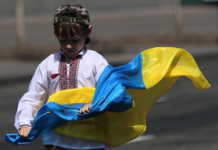Thanks to its unique location and geographical properties, Ukraine has always been a desirable target throughout history from Batu Khan and Polish kings to Catherine II and Nazi occupants. Common knowledge often suggests that Ukraine has had two capitals — Kyiv and Kharkiv. However, it’s far from being true. Let’s see how history paved the way for Kyiv to become the capital and what was actually going on in Ukraine from its foundation to the modern times.
Ancient Times and the Middle Ages
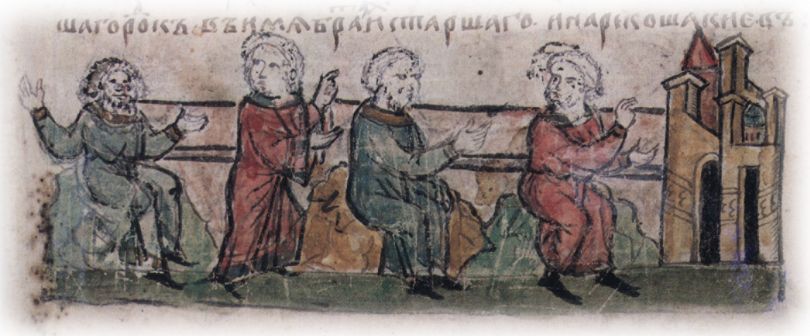

Ask any Ukrainian to think back to the early history and they will tell you that ‘Kyiv is the mother of Rus’. This famous phrase is a quote from The Primary Chronicle, which documented the history of Kievan Rus. These very words marked the appearance of the first capital of Ukraine in 822, founded by Oleg, Grand Prince of Rus. The city just like the federation gained strength and found its voice on the international political arena by defending its borders and establishing diplomatic relations with the Holy Roman Empire and Byzantine Empire. The period of stability continued up to 1240 when Mongolian Batu Khan began a grand invasion in Rus. The siege of Kyiv had lasted more than a week and resulted in Mongolian victory and complete massacre of the population. Kyiv now stays forgotten for a long time.
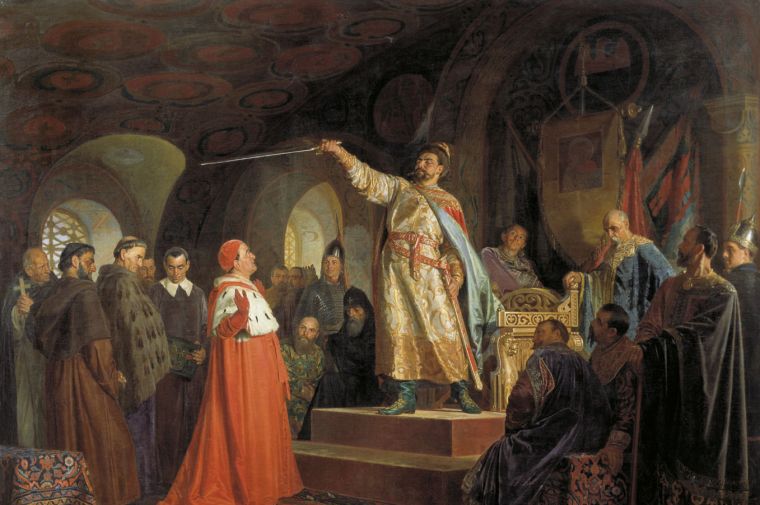

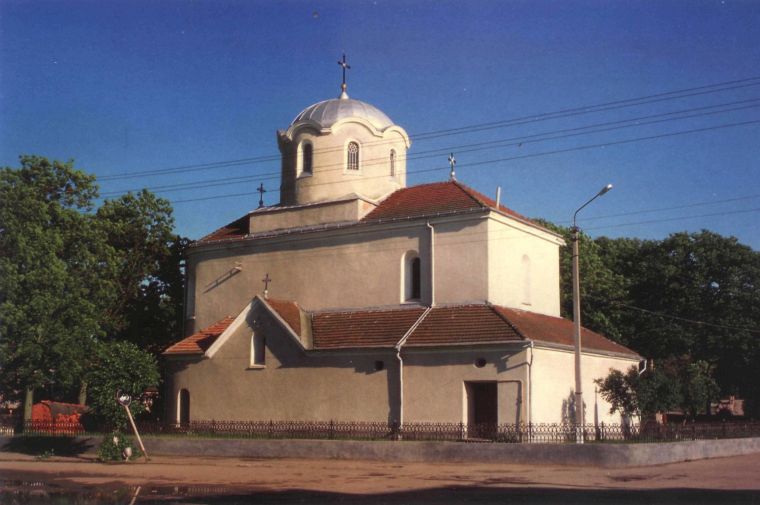

Meanwhile, in 1144 Ukrainian city Halych became the capital of Kingdom of Galicia–Volhynia. Located in Ivano-Frankivsk oblast near the tributary of Dniester, Halych prospered in the second half of the 12th century during the reign of Roman the Great Mstislavich and his son Daniel Romanovich, commonly known in Ukraine as Danylo Halytskyi. At that time, craft and trade had been intensively developing, while civil and church construction turned the small town into a city of great significance.
Batu Khan had huge ambitions and didn’t stop just with conquering Kyiv — in 1241 Halych was completely ruined by the Mongolian army. According to various historical sources, this might have been the reason for the foundation of Lviv. The capital moved to Chełm, which successfully withstood the Mongolian invasion twice. At that time, the city was an important point of the political map of Europe — it was situated on the path that connected the Baltic and the Teutonic Order with the western Ukrainian lands. Chełm has suffered through the wars among Lithuania, Poland and Hungary as well as civil wars of the local boyars, and in 1387 it finally became a part of Poland as it stays it to this day.
Cossack Hetmanate
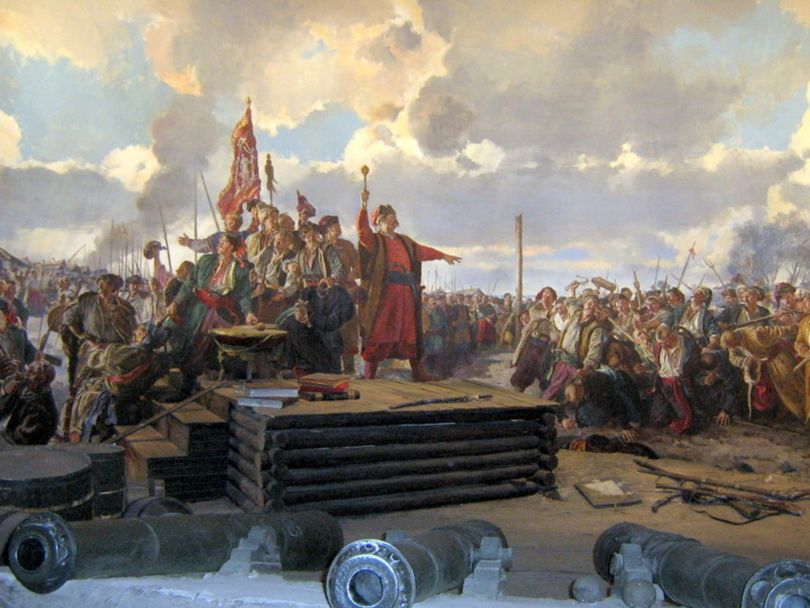

Hetmanate is undoubtedly one of the most important and the most prominent periods of Ukrainian history. During this time, Ukraine had once more gained the status of an important player on the world arena, which soon led to the complete extinction of the Cossack state by the Russian army. In the 16th century, Tatar invasions in Ukraine have reached the level that disturbed the Polish government that wanted to strengthen their positions on Ukrainian lands. To stop the invasions and secure the region, Sigismund II Augustus grants Dmytro Vyshnevetskyi the right of building a fortress on the island of Small Khortytsia. The first fortifications of Zaporizhia Sich were erected in the early 1550s and became the prototype of the future autonomous Cossack territory. However, the fortress only stood several years until the complete ruining during the attack of the Crimean Tatar army.
In total, Zaporizhia Sich had 8 formations also called ‘sich’ during the existence of Cossack Hetmanate: Khortytska (1556-1557), Tomakivska (1570-80), Bazavlutska (1593-1638), Mykytynska (1639-1652), Chortomolytska (1652-1709), Kamianska (1709-1711, 1730-1734), Oleshkivska (1711-1728) and the New Sich (1734-1775). Each of them was a Cossack republic that existed on the basis of equality and fraternity. The laws and order of the Zaporizhia Sich were formed in the seventeenth century and remained virtually unchanged: serfdom was prohibited, each cossack could use the land for their economic needs, all Cossacks had the same suffrage and all decisions were approved by the assembly.






Sure enough, the freedom and self-efficiency of the Sich planted worries in Russian Empress Catherine II. On June 16, 1775, Russian troops completely destroyed Zaporizhia Sich. Kosh otaman Petro Kalnyshevskyi and the council of elder officers called starshyna were charged with treason and sentenced to a labor camp. The manifesto published the same year officially announced the elimination of Zaporizhia Sich.
However, the Cossacks and the Sich are far from being forgotten in modern Ukraine. Many of the former Cossack capitals such as Chyhyryn, Baturyn and Khortytsia Island have historical landmarks and monuments that can be visited even today. For instance, Rozumovskyi Palace located in Baturyn.
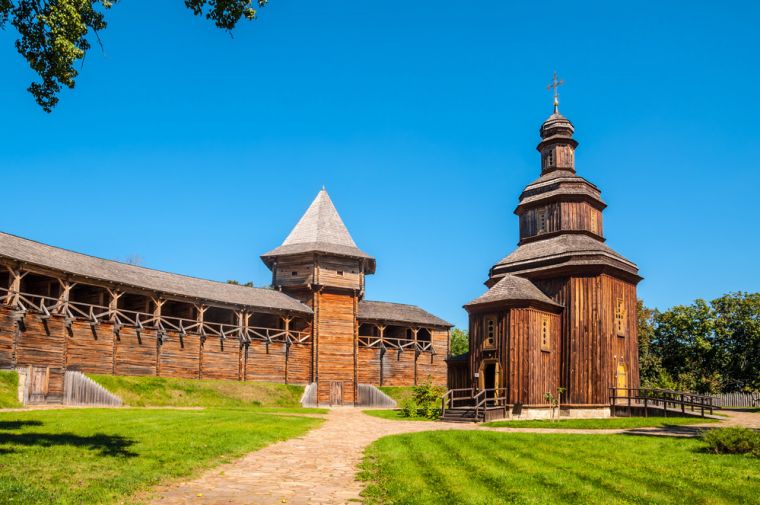



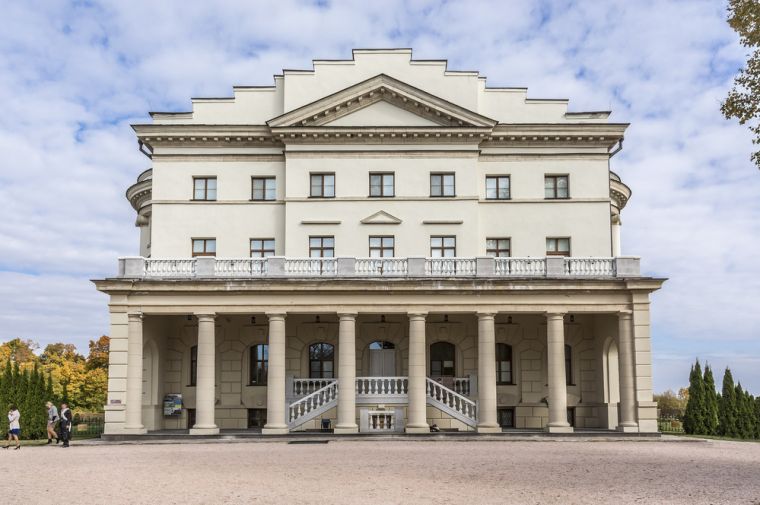

Visitors are met with a huge wooden construction – the Citadel of Baturyn, a reproduction of the Cossack fortress with a hetman house located inside. The Rozumovskyi Palace located further was built in 1799 and is luxuriously furnished in the classical style. Besides, the mansion is a museum hosts a collection of unique works of art and artifacts of the Cossack era. Another popular Cossack location is Chyhyryn, which is now a part of the National Cultural and Historical Reserve Chyhyryn. The reserve also grasps the birthplace of Bohdan Khmelnytskyi — Subotiv village as well as Kholodnyi Yar and Otaman Park. The most visited landmarks here are the museum of Bohdan Khmelnytskyi and unique spots like the 1100-year Maksym Zaliznyak oak tree, one of the biggest and oldest trees in Ukraine.
Modern History


The 20th century with its revolutions and wars also made the Ukrainian capital rather mobile. In 1917, Kyiv becomes the first capital of Ukrainian People’s Republic (also called UNR) and manages to hold the position for two years under the guidance of the president Mykhailo Hrushevskyi. The reminders of the era still stand in the city — in fact, independence of UNR was declared in the House of Teacher located near the red campus of Shevchenko University.
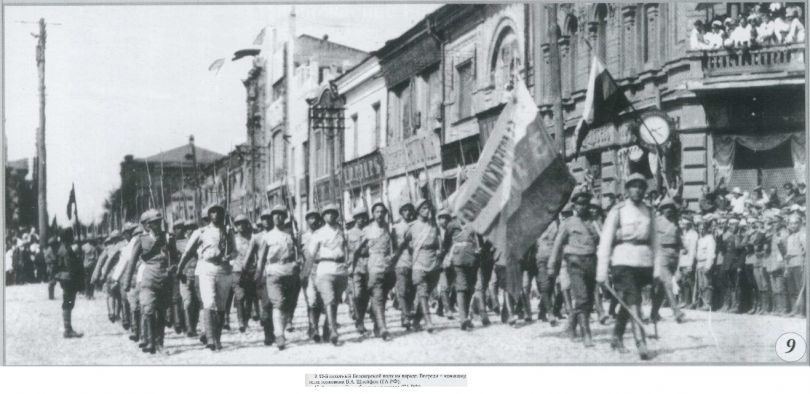

The Soviet invasion of 1919 moved the capital to Kharkiv, which even nowadays is often dubbed as “the first Ukrainian capital”. However, the city didn’t hold the status for too long — on June 24, 1934, the higher Soviet authorities moved to Kyiv, celebrated by the grand parade. On this day Kyiv became the official capital of the Ukrainian Soviet Socialist Republic. Kyiv survived the collapse of the Soviet Union and on August 24, 1991, the country became an independent state.
Today’s capital is promptly evolving: having hosted large international events like UEFA Euro 2012 and Eurovision 2016, Kyiv is blooming into the touristic center and a major cultural landmark site in Eastern Europe.
Sourse: Destinations
Photo sources: runivers.ru, about-ukraine.com, cossackland.org.ua, epodreczniki.pl, viacheslav_petrusha / shutterstock.com. All images belong to their rightful authors.























